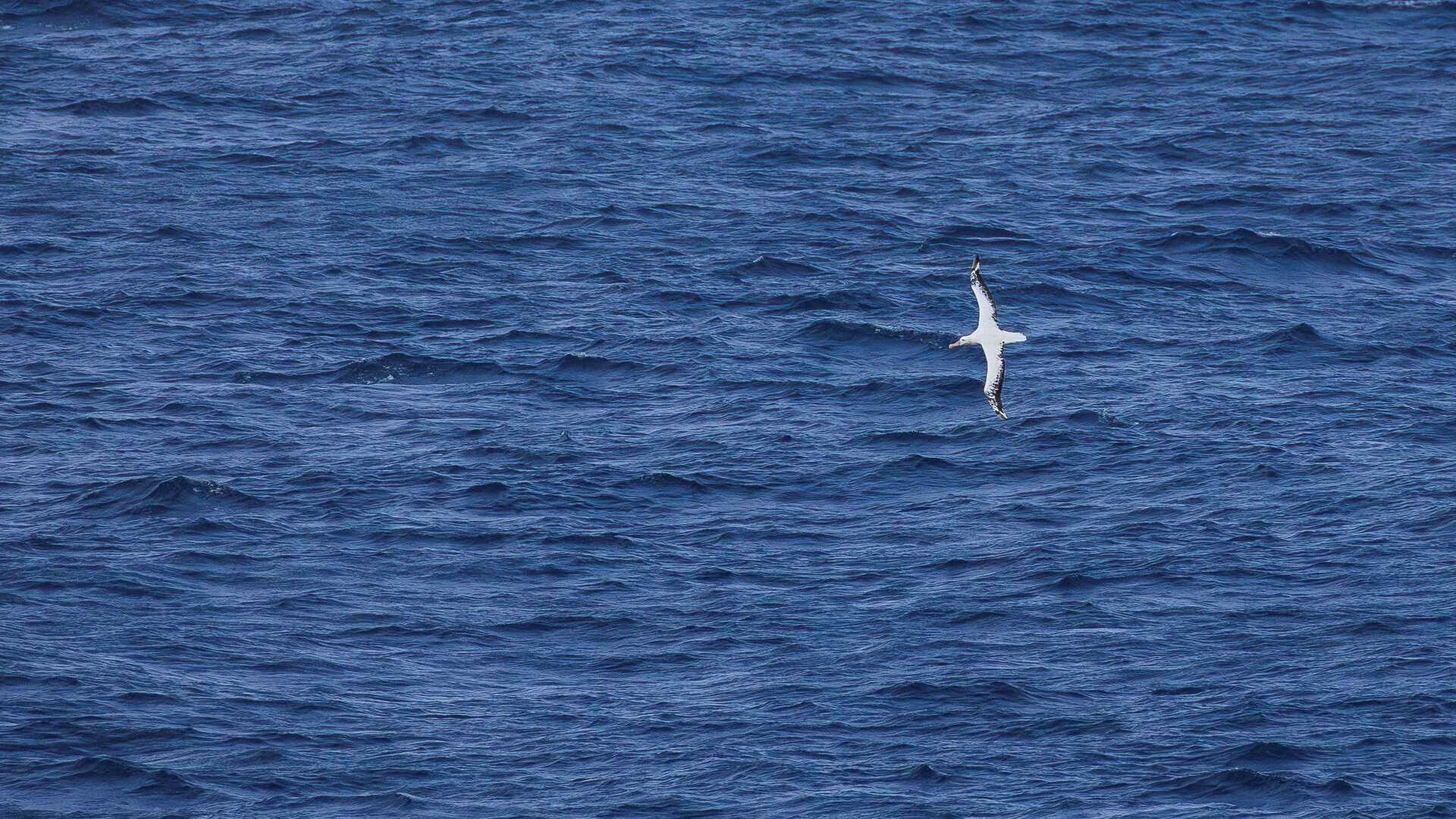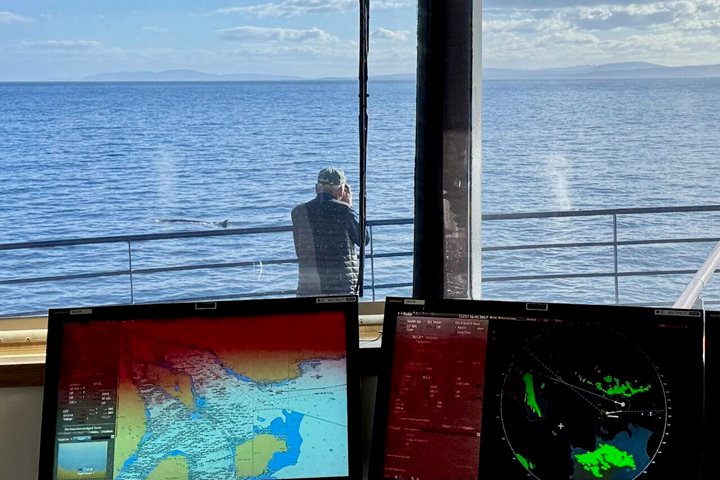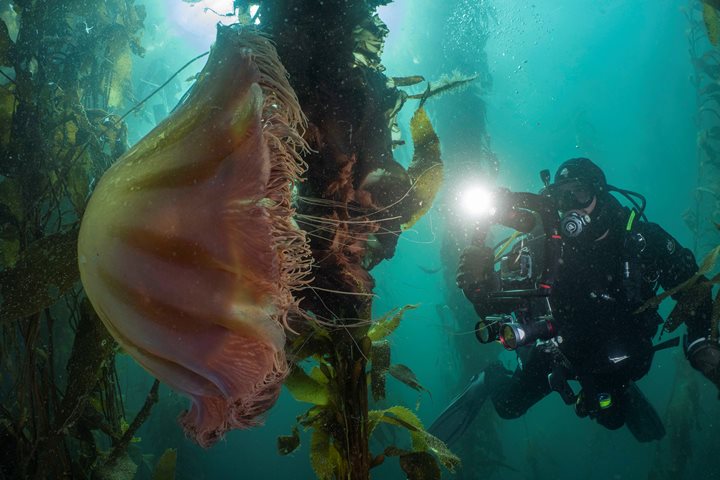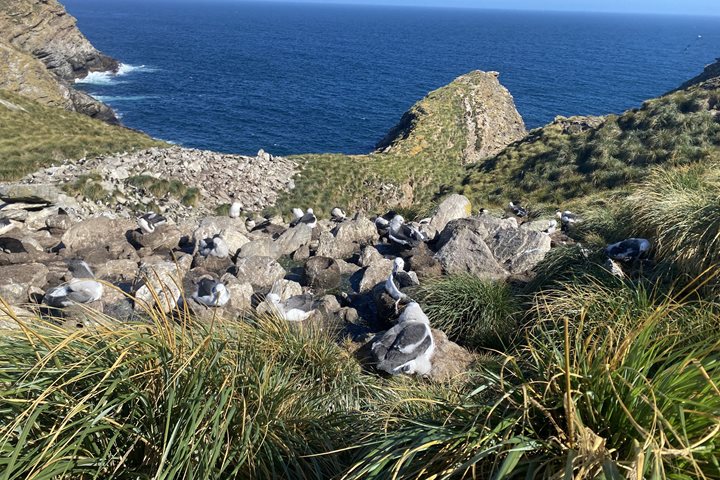We awoke to calm seas on the first morning of our expedition in the Southern Ocean in the Scotia Sea. This is our first sea day as we make our way to South Georgia, and we were treated to great views of many seabirds, including wandering, royal, and black-browed albatrosses, southern and northern giant petrels, sooty and great shearwaters, and rockhopper and Magellanic penguins, as well as several other species. A highlight of our day was sighting and viewing a southern right whale, spotted by Captain Oliver. This whale is distinguished by a V-shaped blow, callosities on its head, the lack of a dorsal fin, and a smooth back and fluke, all of which we were able to see easily. During the day, we had interesting presentations about seabirds, photography, and cetaceans. Our evening concluded with our Captain’s Welcome Cocktails.
- Daily Expedition Reports
- 01 Mar 2024
At Sea in the Southern Ocean , 3/1/2024, National Geographic Endurance
- Aboard the National Geographic Endurance
- Antarctica
Michael Jackson, Expedition Leader
An experienced traveler, Michael has lived on several continents, including a year spent working as a naturalist and zoologist in Galápagos and three months in Kenya conducting a study of birds of prey. He is the author o f Galápagos: A Natural Histo...
Read MoreShare Report
South Georgia and the Falklands
VIEW ITINERARYRelated Reports
3/14/2025
Read
National Geographic Resolution
New Island, Falkland Islands
Our final day of operations for the expedition (and the season) took place at New Island, one of the most beautiful islands in the Falkland Islands. Guests were amazed by the sheer cliffs of the outer coast, home to thousands of rockhopper penguins and even more black-browed albatross. While guests were ashore, the undersea team explored the underwater world of the Falkland Islands. We cruised through the amber forest of giant kelp and photographed the large sun stars but also some of the smaller denizens like tessellated patagonotothen fishes and beautiful purple-lined isopods. The highlight of the dive was one of the largest jellies either of us had seen. A gargantuan lion’s mane jelly was wrapped up in the kelp and its bell was almost 4 feet across. Truly a sight to behold and a favorite when shown to the guests at recap.
3/13/2025
Read
National Geographic Resolution
West Point Island
Our destination this afternoon remains my very favorite place in the Falklands. A warm welcome is always given by the caretakers of this lovely place, Theis and Kiki – Swedish and German respectively. They were at the end of their nine years here and we were among the last ships to visit this season. Of course, we visit the island because of the wildlife, and, after a nice forty-minute walk, we arrived at the Devil’s Nose albatross colony. Here, we found thousands of black-browed albatrosses living cheek by jowl with hundreds, if not thousands of rockhopper penguins. It is not always a happy marriage, but generally they get on, the albatross helping protect the penguin eggs and chicks from predation by the local Johnny rooks aka striated caracaras. A good walk deserves a fine afternoon tea, and we were treated to just that back at the farmhouse. In the garden, a yellow rose flowered beautifully overlooking the place where Lars Eric Lindblad’s ashes were scattered.







